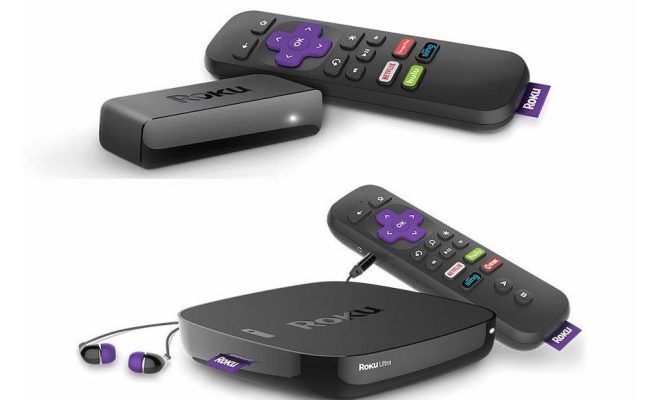Providing Effective Management and Security For The Digital Classroom

Today, the learning environment is changing, the traditional idea of classrooms is giving way to virtual classrooms, digital devices are fast replacing textbooks allowing teachers and students to have access to a humongous amount of resources, and teachers have shifted their focus towards helping their students acquire and hone relevant skills for the digital age.
Despite the conspicuous gains and impacts of technology on learning, there are still concerns over the management and security of learning gadgets. Coupled with the burden of school districts being run on lean budgets and consequently, very small IT crews, this new system is faced with the challenges of:
1. Finding how schools can justify and maximize the digital learning appropriations; while,
2. Ensuring these technologies are harmless to students and educators.
Securing Increased Technology Funding and Keeping It.
Squeezing out funds for digital learning from an already overwhelmed budget is no child’s play. Seasoned administrators understand that positive learning outcomes are central to securing funding for any item in the budget, and school boards will only endorse funding of e-learning technology if the benefits to the students trump the traditional classrooms.
Thus, the obstacle will be how to communicate, with supporting evidence, that digital learning promotes enhanced student learning. Data is very essential to put up a very strong financial argument for increased funding to technology. Detailed student technology analytics will explicate the correlation between digital learning and rising academic performances, justifying ROI on funds expended on digital learning.
Securing Vulnerable Devices and Data.
There is always the concern that any new technology will be accompanied by additional risks. In this case, it is a concern with data privacy and device security. In the last 2-3 years, 479 cybersecurity incidents have been recorded, and schools with known one-to-one programs were the most targeted. In the latest K-12 leadership survey, cybersecurity was the prime concern for K-12 IT teams. Kids have become targets of thefts on their commute to and from schools, and even on the school premises.
Regularly there are reported cases of displacement and loss of digital learning devices by the students and these events lead to the exposure of sensitive information and allows for unauthorized entry into the school network.
These have negative consequences on the student’s learning ability as a device replacement via insurance can linger for up to 8 weeks.
Furthermore, content accessible on these devices must be sanctioned, especially for K-12 to avoid misuse and exposure to data breaches.
Safe, Smart, and Secure Schools.
The endorsement of digital learning and classrooms can only be sustained by the proper management and security of this technology. In today’s peripatetic society, with learning gadgets continually in transit and outside the school network, non-stop visibility, and control are important.
There is also a need for an efficient, automated management system capable of tracking the status of every learning gadget, maintain IT infrastructure, and perform timely security actions when required. This will enhance operational efficiency and strengthen IT security. While this might be difficult to execute, it is important to facilitate the shift towards digital learning while protecting the stakeholders’ investment in these technologies.
An example is the Absolute’s persistence technology, implanted in the gadgets at the factory, which enables a stable two-way connection with the educational organizations. With this tracker, they are in a better position to manage mobility, investigate potential threats, and sustain the safety of students who use their gadgets.






